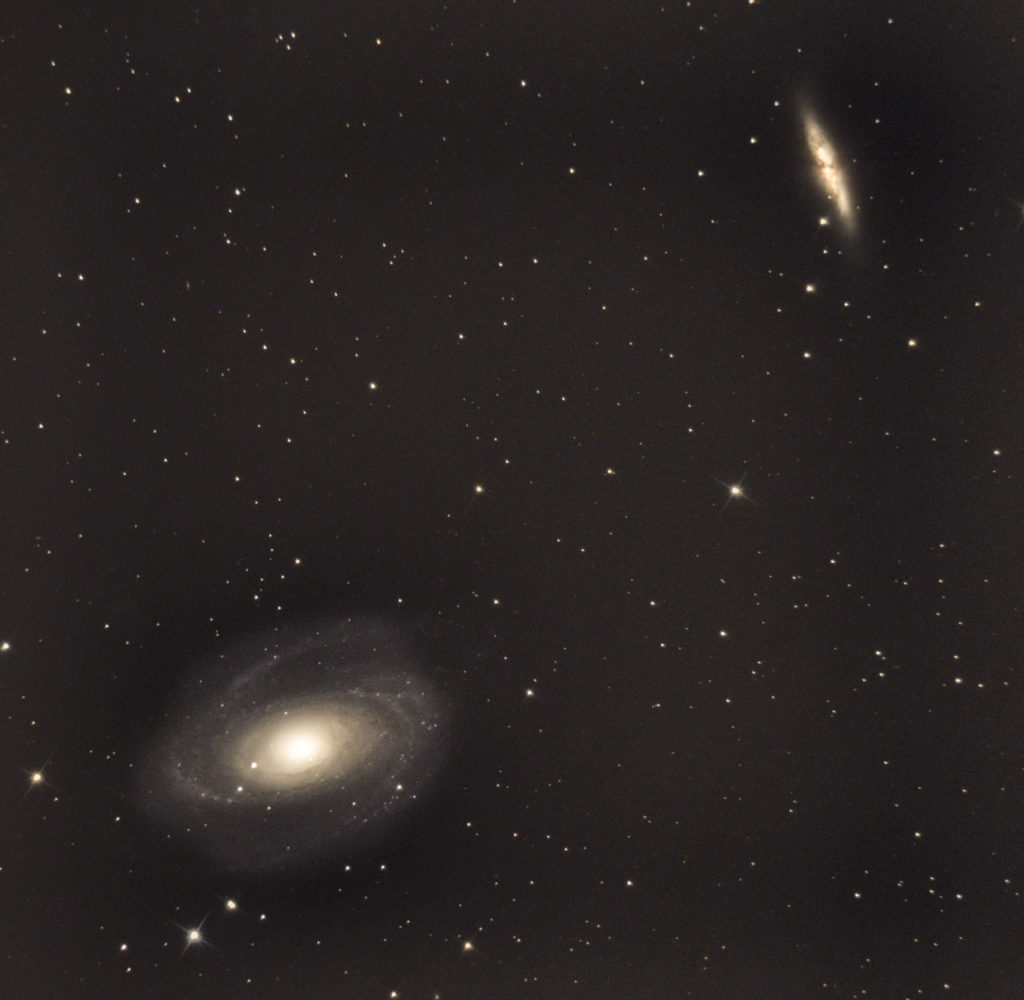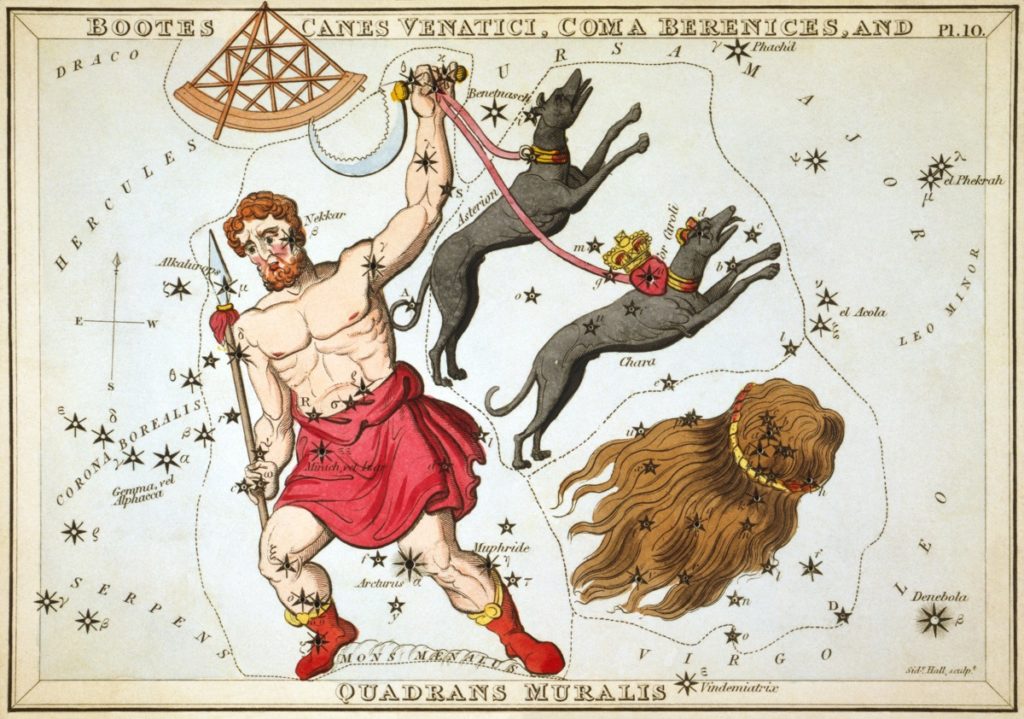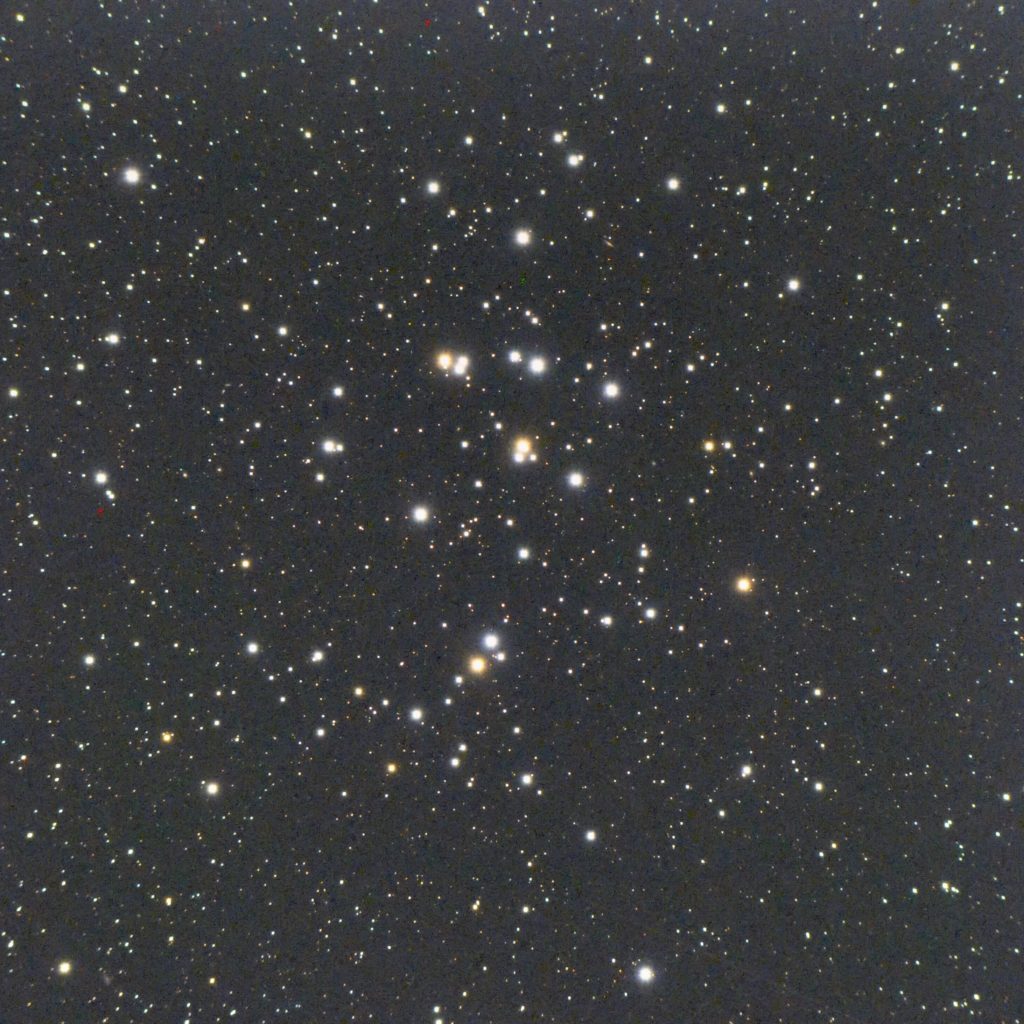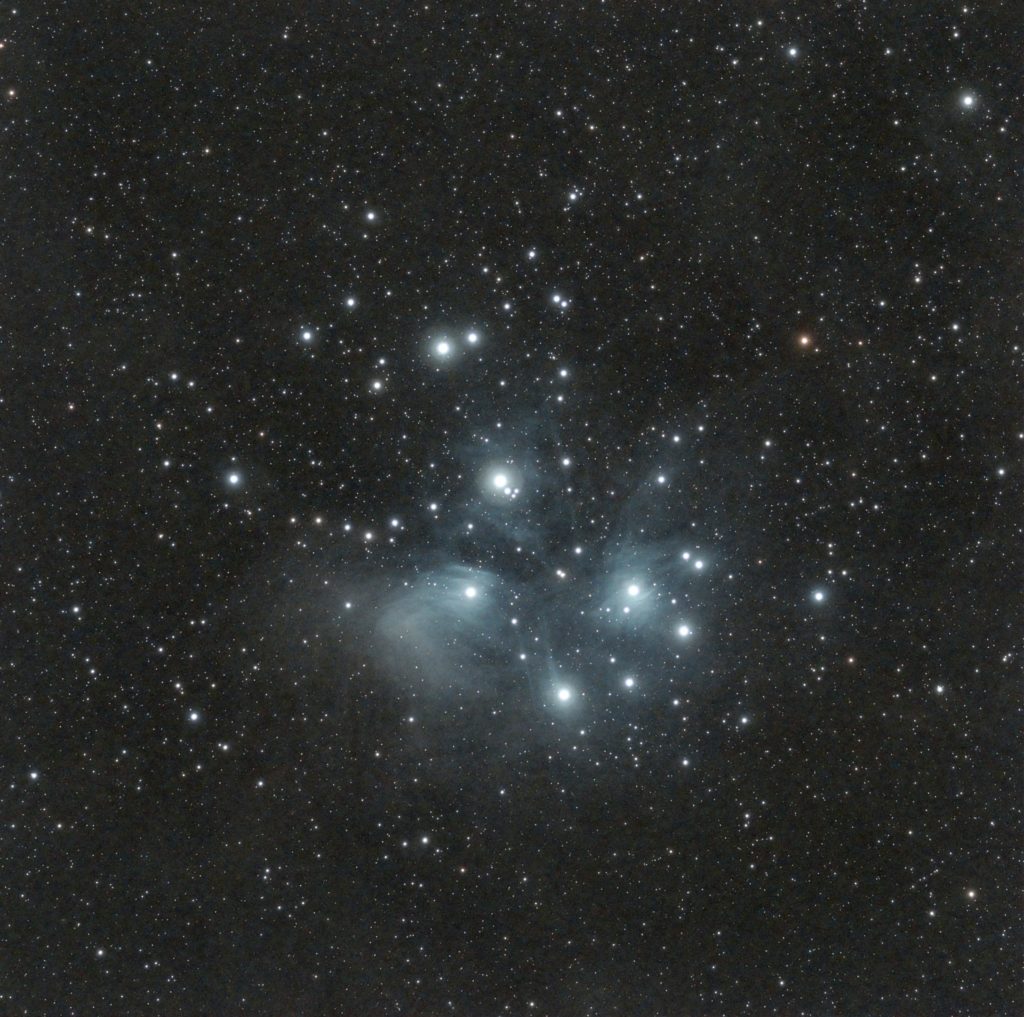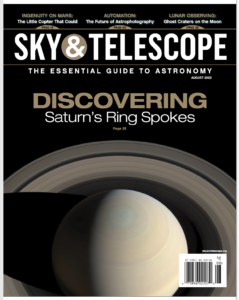 If you’re looking for something good to see in the sky this month, my recent article at Sky & Telescope magazine takes you on a tour of the sights in and around the asterism known as Taurus Poniatowski. A little offshoot of the constellation Ophiuchus, Taurus Poniatowski spans a patch of sky about the size of your hand held at arm’s length, but it contains all sorts of fascinating deep-sky sights from double stars to open clusters, and even a galaxy (unusual in this part of the sky). Grab some binoculars and your favorite telescope, and head outside to see this fascinating little star group.
If you’re looking for something good to see in the sky this month, my recent article at Sky & Telescope magazine takes you on a tour of the sights in and around the asterism known as Taurus Poniatowski. A little offshoot of the constellation Ophiuchus, Taurus Poniatowski spans a patch of sky about the size of your hand held at arm’s length, but it contains all sorts of fascinating deep-sky sights from double stars to open clusters, and even a galaxy (unusual in this part of the sky). Grab some binoculars and your favorite telescope, and head outside to see this fascinating little star group.
You can access a PDF of the article at this link.
Share This: